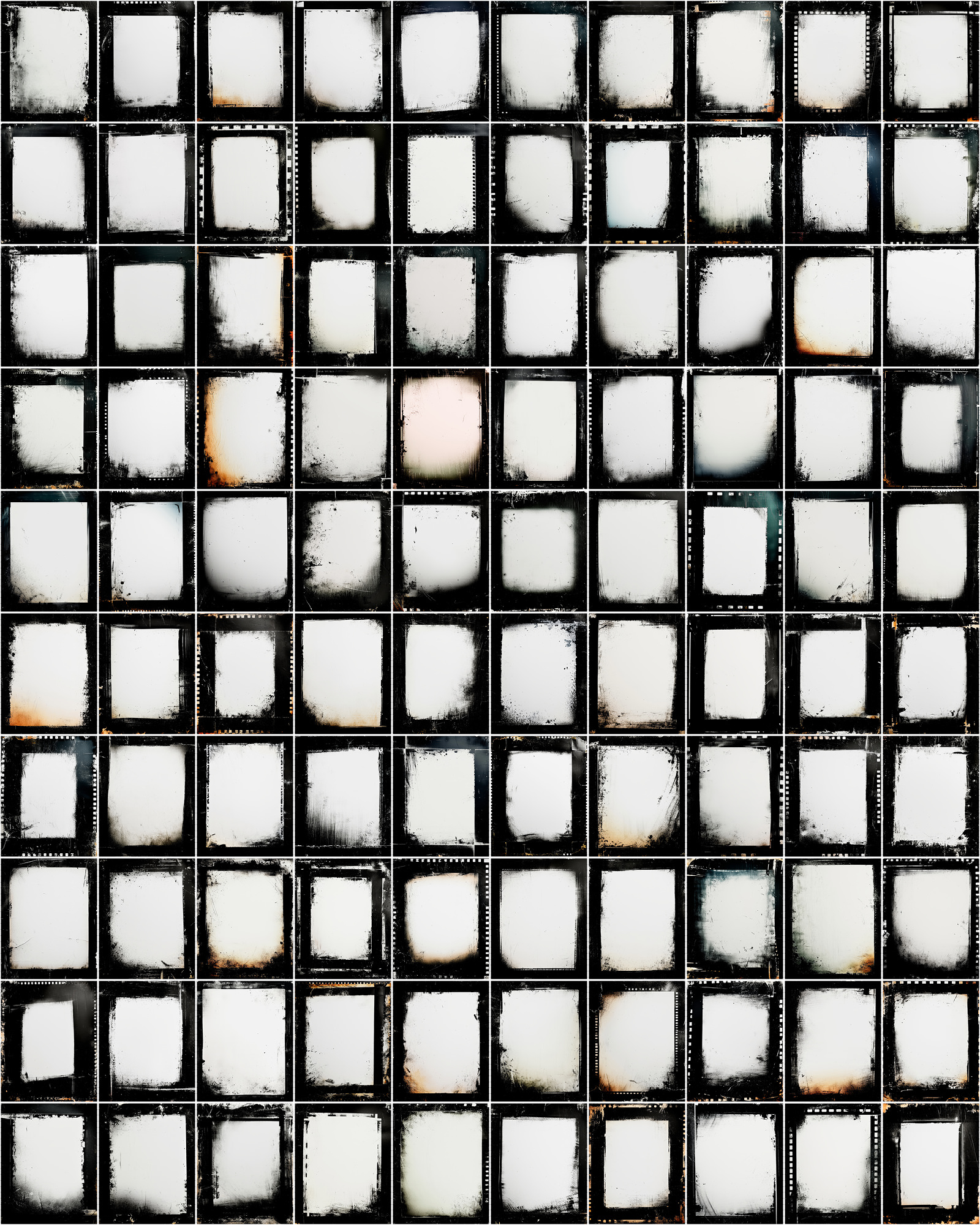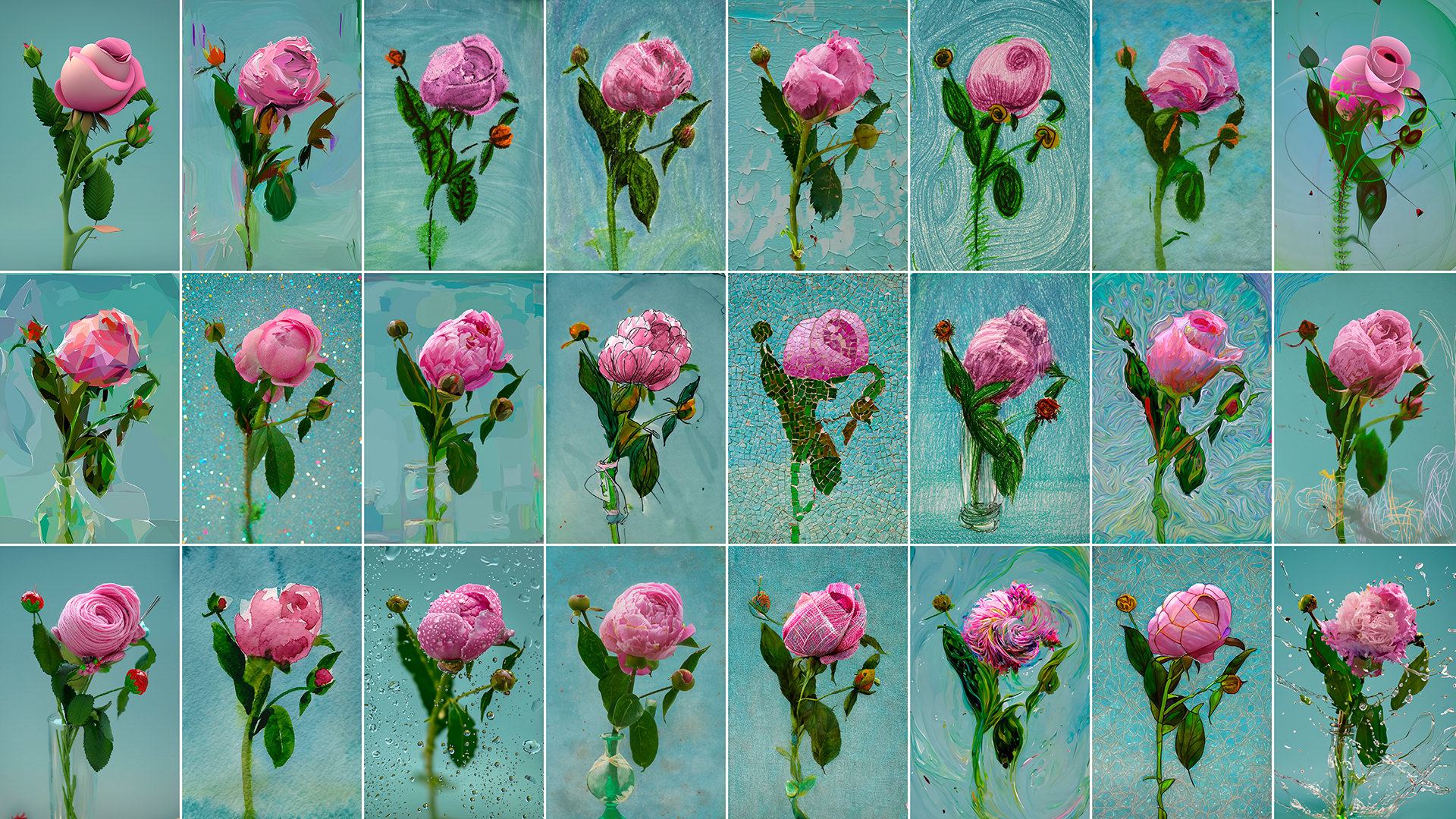I recently photographed a blender filled with fruit for my stock portfolio and the setup was unique to my usual food photographs so I thought I’d share it here on my blog. I almost always use diffused daylight for my food images (with a few exceptions) so I wanted to go with that and, even though this was a setup that would have worked just as well with strobes, I thought I’d give it a try with window-light to see what I could come up with.
When you photograph glass, or any reflective surface, you need to watch out for stray reflections. If you’re in a room with colored walls and the walls are showing in your surface then you’ll see that color in your image, just as I did with the gold-colored stripe at the bottom of the image, which is a combination reflection of the wooden surface and gold reflector I used for fill. You also want to try to add light to the sides of the glass to outline it so it doesn’t “disappear” into the background, especially if you don’t have anything inside of the glass when you photograph it.
I also wanted a backdrop that was simple, and neutral, so I added a piece of white foam board at an angle directly behind the blender. My focal length was long (180mm) so that at ƒ/8 the DOF was shallow enough so that any imperfection in the board blurred away, and it add a nice gradient to the background as well (I didn’t add any vignette to the final image since it would have introduced banding in the corners).
Here are all of the elements to my setup:
- Camera: Canon 5DMkII
- Lens: Canon 70-200mm ƒ/4L IS
- Tripod and head with Custom Bracket
- Lighting: Back-lit with diffused window light (North-facing)
- Four pieces white foam board
- Small gold reflector for fill light in the front
I recently photographed a blender filled with fruit for my stock portfolio and the setup was unique to my usual food photographs so I thought I’d share it here on my blog. I almost always use diffused daylight for my food images (with a few exceptions) so I wanted to go with that and, even though this was a setup that would have worked just as well with strobes, I thought I’d give it a try with window-light to see what I could come up with.
When you photograph glass, or any reflective surface, you need to watch out for stray reflections. If you’re in a room with colored walls and the walls are showing in your surface then you’ll see that color in your image, just as I did with the gold-colored stripe at the bottom of the image, which is a combination reflection of the wooden surface and gold reflector I used for fill. You also want to try to add light to the sides of the glass to outline it so it doesn’t “disappear” into the background, especially if you don’t have anything inside of the glass when you photograph it.
I also wanted a backdrop that was simple, and neutral, so I added a piece of white foam board at an angle directly behind the blender. My focal length was long (180mm) so that at ƒ/8 the DOF was shallow enough so that any imperfection in the board blurred away, and it add a nice gradient to the background as well (I didn’t add any vignette to the final image since it would have introduced banding in the corners).
Here are all of the elements to my setup:
- Camera: Canon 5DMkII
- Lens: Canon 70-200mm ƒ/4L IS
- Tripod and head with Custom Bracket
- Lighting: Back-lit with diffused window light (North-facing)
- Four pieces white foam board
- Small gold reflector for fill light in the front

Nicole is a photographer, published author, and educator specializing in Lightroom, Photoshop, and photography. She is best known for her books on food photography but is widely versed in various photographic genres, including landscape, nature, stock, travel, and experimental imagery.













I love when you show us pull backs! I would never think to angle foam board to get a gradient background. Did anyone ever tell you that you’re pretty good at this food photography stuff? ;)
what do you use for ice?
Here’s a link to the acrylic ice I used in this shot: http://amzn.to/xkuvUN
Brilliant work. Clever setup. Awesome talent.
This makes food photography look easy. Stunning image!
Thanks for the tips, I didn’t know how useful foam board could be! GG
I need to go buy more foam board, great tips!
This was a great learning experience. I tried photographying fried eggs recently and they reflected everything in the kitchen. So hard to do! I need to get some foam board! Thanks!
You mentioned that you didn’t add a vignette because it would cause banding… can you explain why that would introduce banding when the same values can exist in the original without banding? Or am I not understanding you correctly?
I understood you to say that doing it in camera (as you’ve done) produces smooth a smooth gradation, while lighting the background evenly and adding a vignette would introduce banding; I don’t understand how that can be if you’re working with the same bit depth in both approaches. If my assumption is wrong, it would be good to know… :-)
Hi there
I am loving your book and have been working with it for a few months, but only recently got the chance to work with a 70-200mm lens. My question is this what is the distance from the blender to the front of the lens, your average distance. I just cannot get the feel with my lens.
Many thanks
Fiona
Well, this is what I call the product of creativity and resourcefulness. Great photo.